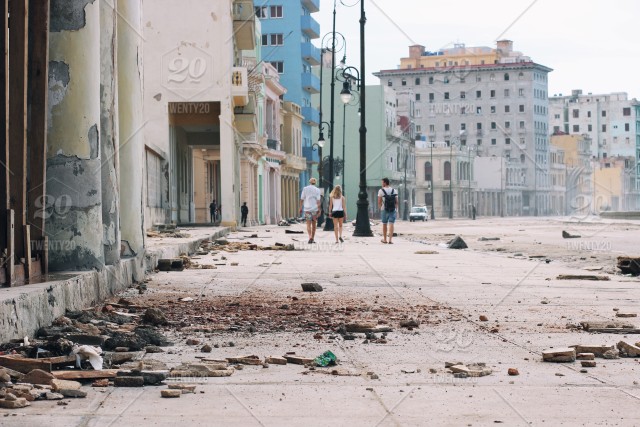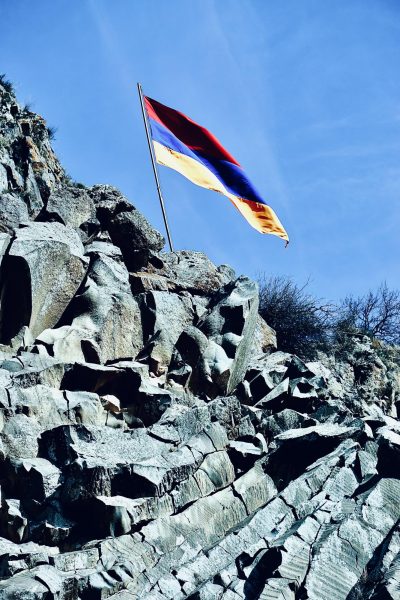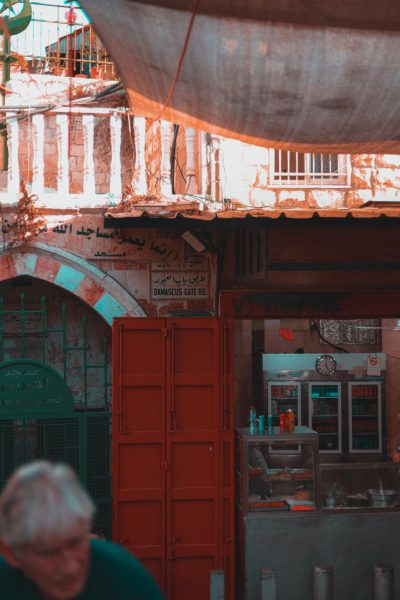Iranian Earthquake: The Deadliest this Year
A Shaky Past and an Unpredictable Future
On Sunday, November 12th, the deadliest Earthquake of the year hit the Iran/Iraq border. At least 530 people were killed and just under 8,000 were injured.
The Guardian News shared a comment made by Mohammad-Ali Monshizadeh, an official from Kermanshah province of Iran, who said “Up to now, we have issued 430 death certificates … but an estimated number of 100 to 150 more people have been buried in quake-stricken villages and towns without permission … which raises the overall death toll to between 530 to 580 in Kermanshah.” Iran took the most fatal hit, yet 10 deaths were also recorded in neighboring Iraq
According to CNN, authorities in Iran and Iraq have initiated rescue operations and Iran declared three days of mourning. On November 14th, Iran decided to call off the search for anymore survivors.
The epicenter of the quake was in a rural area in Iran, south of the city of Halabja. It was detected by the US Geological Survey to be a magnitude 7.3 quake. The quake was shallow, erupting at a depth of 14 miles. After shocks were felt across the region in Pakistan, Lebanon, Kuwait, Turkey, Baghdad, and Tehran on both Sunday and Monday.
Damage was inflicted upon thousands of structures across the region, and some of those structures will never be rebuilt, for fear of wasting money as another quake will just come through and wipe it all out again. Survivors were forced to shelter themselves in tents, fighting against the bitter cold and scavenging for resources. Government officials stayed positive and religious, calling the earthquake a, “divine test,” according to the NY times.
While the government nationally states it does not need assistance in supporting survivors with the proper resources, people still began to rally together around the country to gather goods to distribute to those in need. People started online campaigns to gather food, blankets, and tents. Many are frustrated with the government, as their efforts have not proved very helpful.
According to CNN, Iran sits on a major fault line that lies between the Arabian and Eurasian plates and has, “experienced a number of earthquakes in the past.” The New York Times similarly wrote that the destruction that comes when the ground shakes in this region is definitely not something new. Yet they added a disclaimer, stating that “still, no one in this region was ready for the heavy destruction and loss of life that occurred when the ground shook on Sunday night.”
According to CNN, in 2005 a 6.4 magnitude earthquake hit the city of Zarand in the southeastern province of Kerman killing at least 400 people, and in 2012 a pair of earthquakes hit northwest Iran killing 300. The deadliest earthquake of the century hit the region in 2003 when a magnitude 6.6 earthquake struck the southeastern city of Bam, killing 26,000 people. A decade earlier, in June of 1990, around 37,000 people were killed and the northern cities of Rudbar, Manjil, and Lushan were destroyed along with hundreds of villages.
Many funerals for the dead have been organized throughout the country, and people continue to mourn for the family and friends they lost in this unfortunate natural disaster.
Photo Credit: Downloaded from Pexel.com






